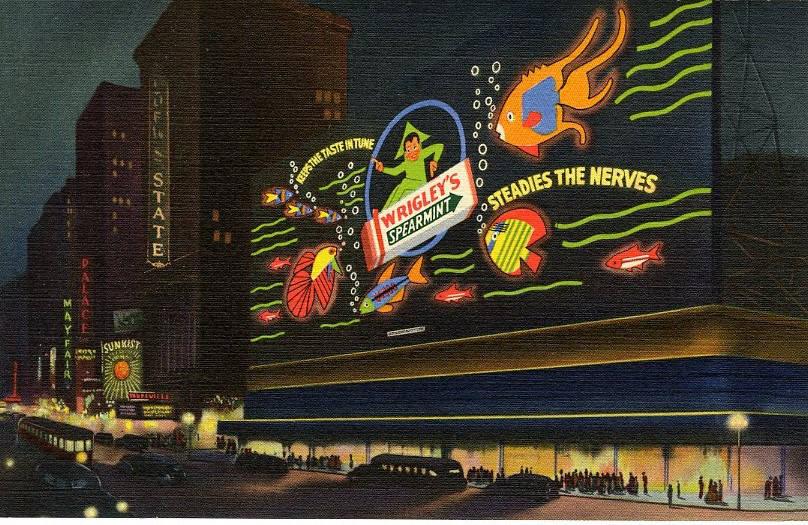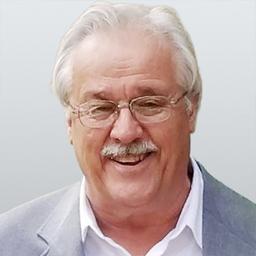Successful entrepreneurs are great salesmen, but great salesmen aren’t always successful entrepreneurs. Great entrepreneurs possess certain traits: a willingness to work hard, vision, persuasiveness, a good business acumen and the ability to inspire and motivate.
William Wrigley, Jr. of Wrigley’s chewing gum fame was an entrepreneur’s entrepreneur. His pet slogan was simple: “To be always pleasant, always patient, always on time, and never to argue.”






